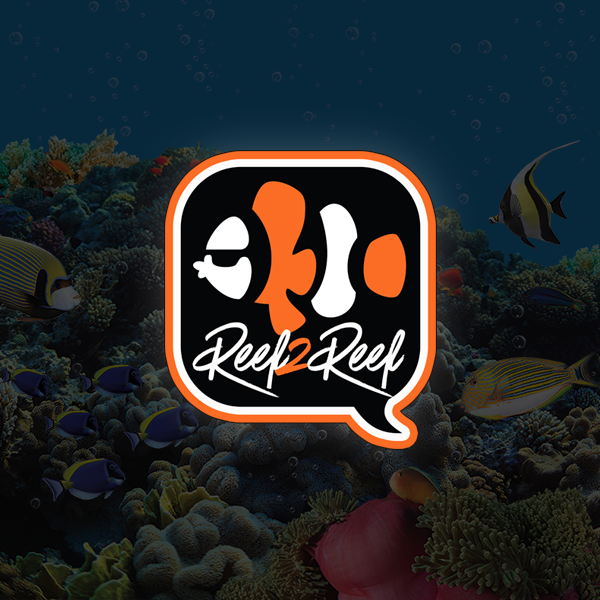I would certainly not "dark cure" if the rock has any desired growth of life forms on it, such as macroalgae/coralline algae/corals/sponges/etc. as most need light to survive. This is part of the reason to get live rock to begin with, at least as far as I see it.Thank you and the others for clarification. So If I am using primarily LR (may use a little dry rock to complete aquascape) should I still “dark cure” as BRS says, for 4 weeks? As in not turn on any lights.
If you only want bacteria from the live rock purchase, "dark cure" might be a consideration, but still seems unnecessary to me if you are getting the live rock directly from your LFS, as it is not being shipped to you and should not have significant die-off.






















